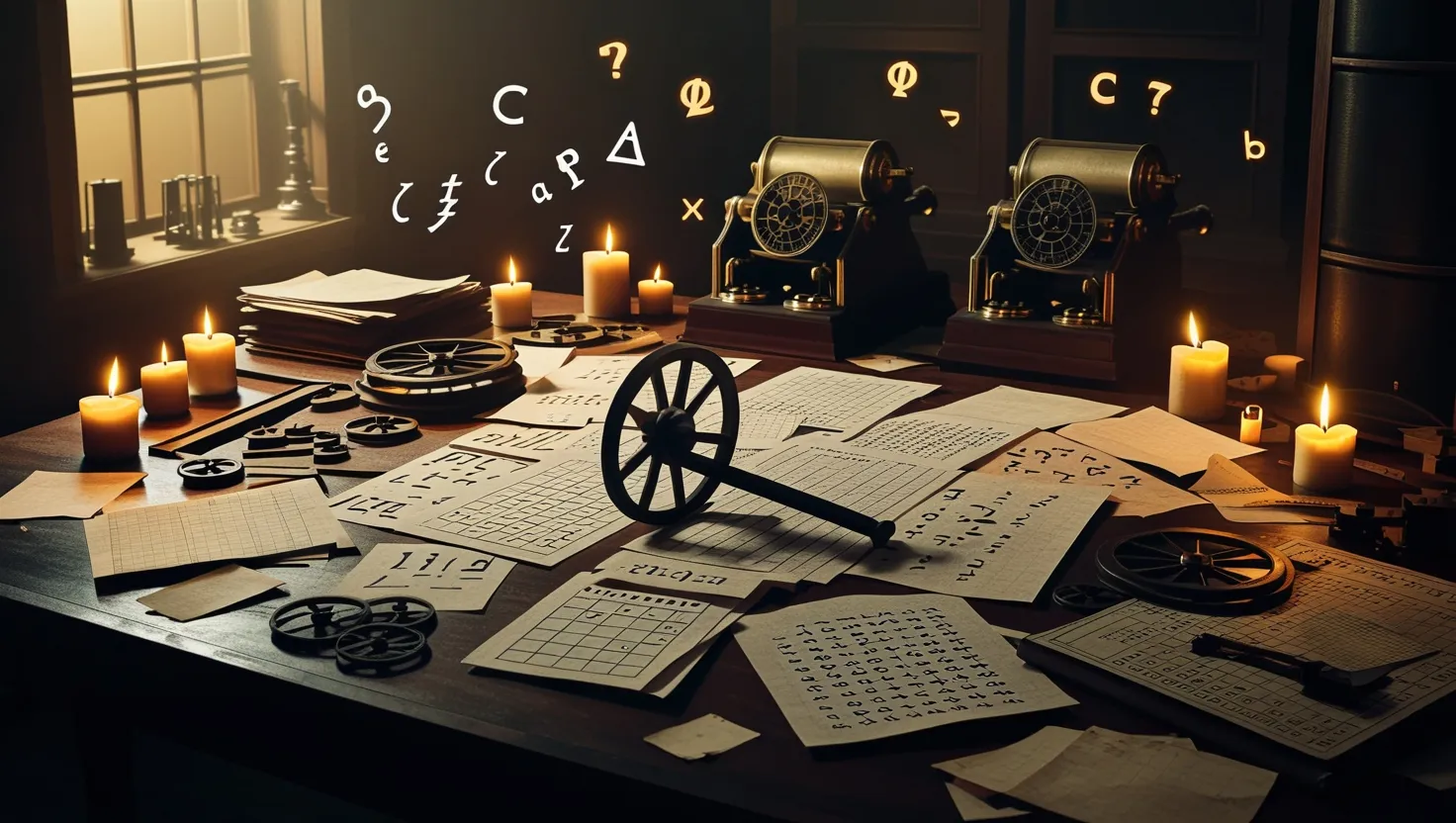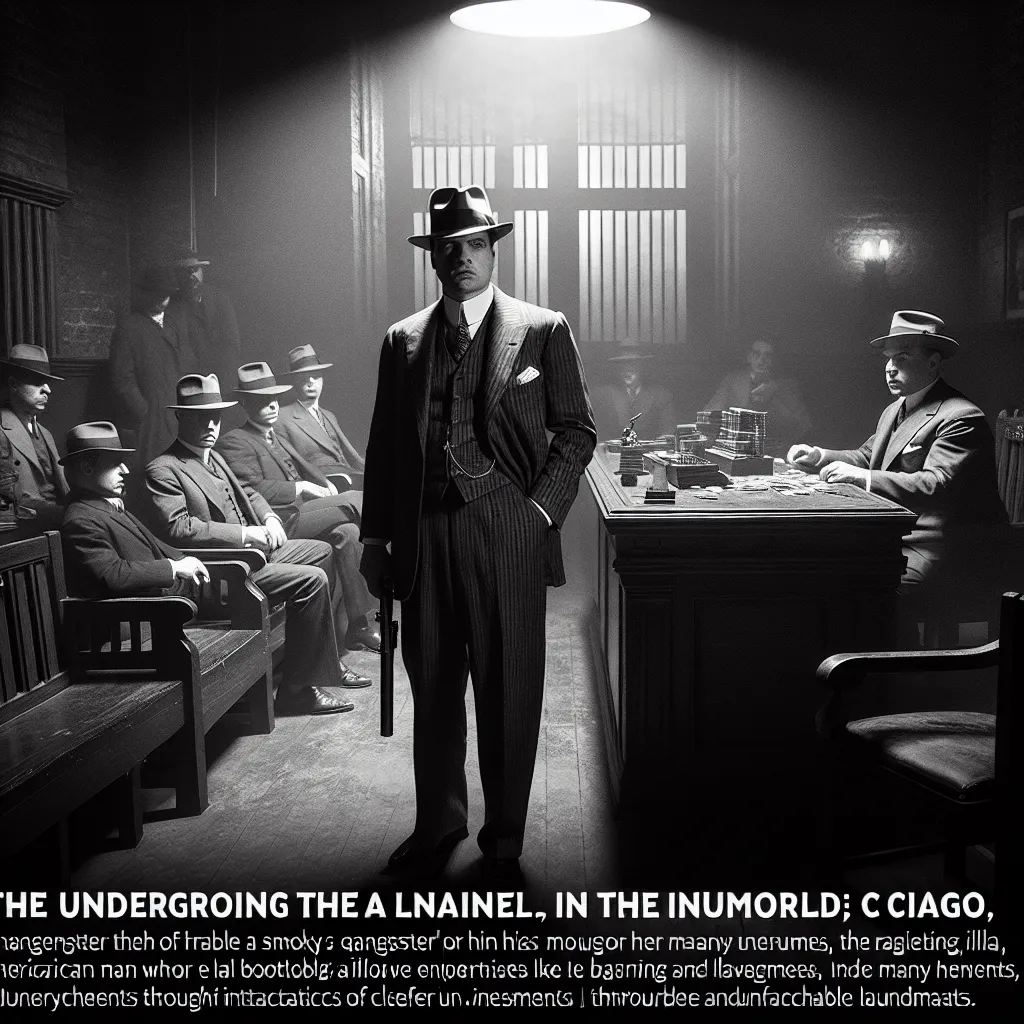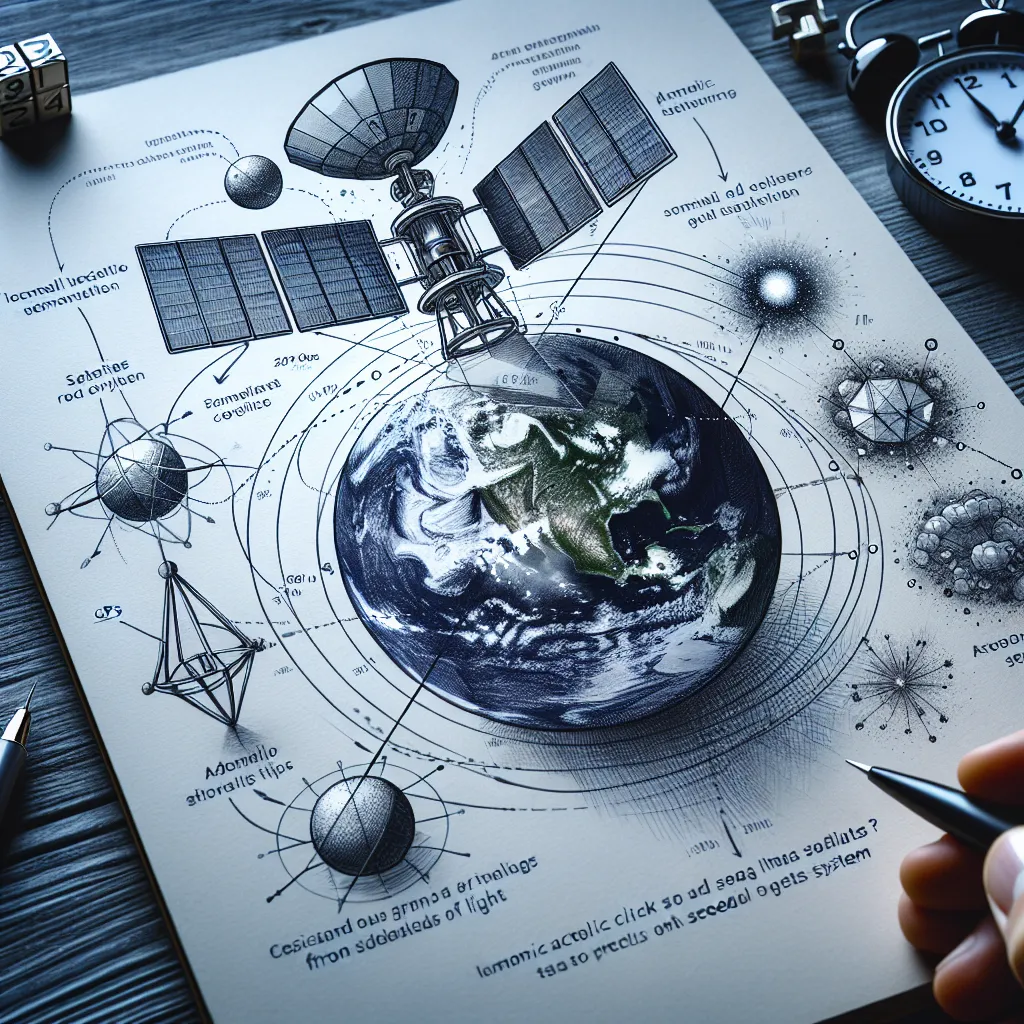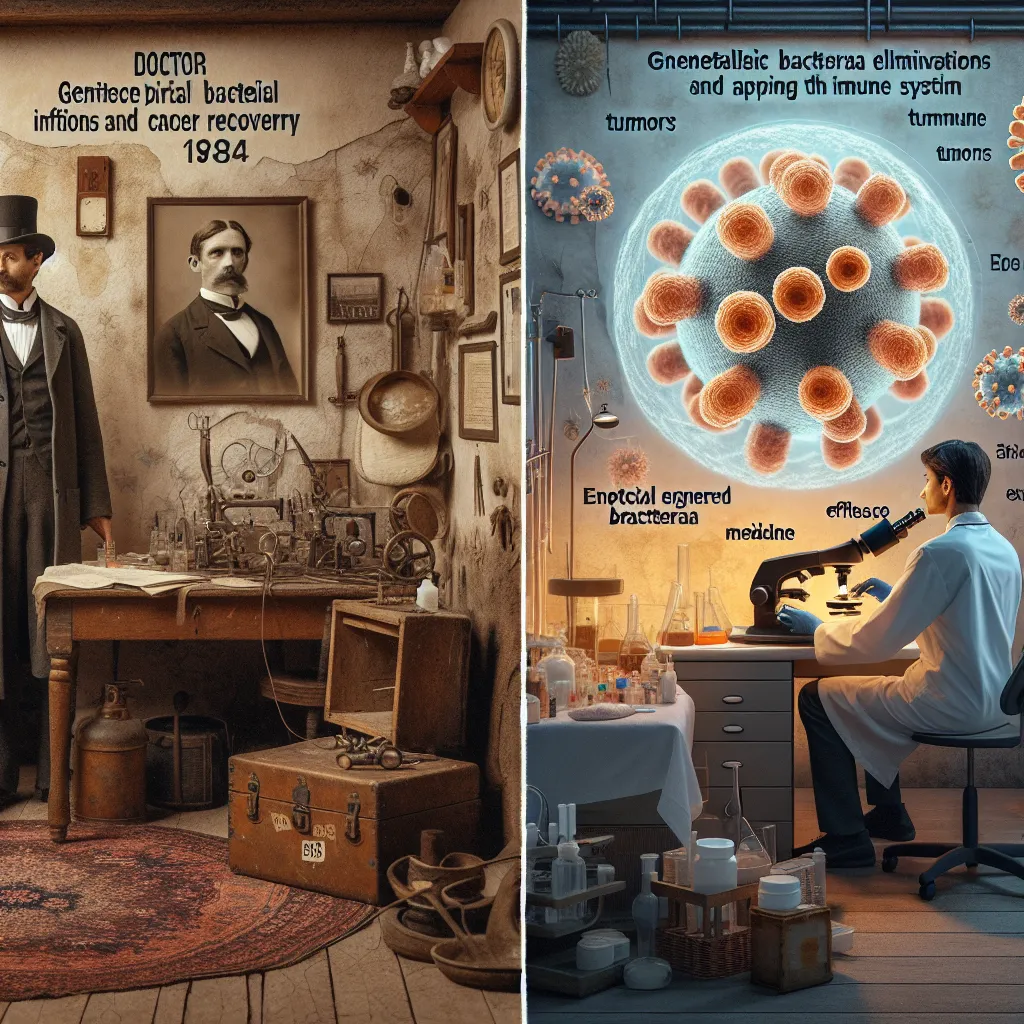Secrets are powerful. Sometimes, the ability to read what isn’t meant for your eyes can steer the fate of nations, topple kings, and shape empires. I’ve always been fascinated by the way codebreaking sits silently behind the most dramatic turns in world affairs. When we talk about historic battles or tense diplomatic showdowns, hidden in the background is often a team of minds poring over strange symbols, bizarre alphabets, and puzzles that seem unsolvable—until they’re not.
“Three may keep a secret, if two of them are dead.” — Benjamin Franklin
Let’s step into one of the oldest tales of codebreaking’s decisive punches: the Babington Plot. The setting—Elizabethan England, years charged with suspicion and religious division. Mary, Queen of Scots, was living in house arrest, dreaming of reclaiming the throne. Communication was her weapon. Her coded messages with plotters were intricate, protected with ciphers that seemed unbreakable to all but one: Thomas Phelippes. I find it remarkable how, in a time before computers and algorithms, a single analyst’s mind was the deadliest technology. Phelippes patiently worked through bewildering symbols and clever disguises until the incriminating letter fell open. That revealed Mary’s hand in planning Elizabeth I’s murder—not just any letter, but a confession that made her death unavoidable and, in turn, secured Protestant rule in England. Imagine how different Europe’s religion and alliances might look today without this one cipher bent to human will.
Ever thought about how a document—just a few lines of secret ink—can turn a neutral country into a global force? That’s exactly what happened with the Zimmermann Telegram. In 1917, as World War I raged, Britain’s intelligence forces intercepted a secret German message. It wasn’t simply eavesdropping; they faced German codes that weren’t supposed to be cracked. But crack them they did. The telegram outlined a German offer to Mexico: help us defeat America, and in return, you’ll reclaim territory in Texas, New Mexico, Arizona. Would you believe this secret document was so powerful that, when the Americans made it public, the tide of opinion turned almost overnight? The US, far from eager to plunge into war, suddenly was ready. Some secrets aren’t just data—they’re world-altering levers. I often wonder, if the telegram were just another intercepted scrap consigned to a file cabinet, how long would Europe’s agony have dragged on?
“The secret of freedom lies in educating people, whereas the secret of tyranny is in keeping them ignorant.” — Maximilien Robespierre
Of all historic codebreakers, there’s one name that echoes with a special kind of reverence: Alan Turing. Most know the rough outlines—a team in Bletchley Park, the mighty Enigma machine, daily Nazi secrets laid bare. But what’s much less widely appreciated is the global and collaborative story that Enigma actually tells. Polish mathematicians, like Marian Rejewski, had already peeled back the German code’s first layers before British efforts really ramped up. As a team, not just individuals, these mathematicians, chess champions, and linguists found ways to turn logic, electronics, even intuition into the war’s most forceful weapon. Imagine the tension of waiting for the machine to spit out a possible key at Bletchley; entire fleets’ destinies depended on timely answers. There’s an often-overlooked heartbreak, too—countless codebreakers carried the weight of knowing which convoys they couldn’t save, classified forever by the need to keep “Ultra” secret. It wasn’t just about technical virtuosity, but living daily with the emotional burden of partial victory.
“Sometimes it is the people no one can imagine anything of who do the things no one can imagine.” — Alan Turing
Fast-forwarding a few decades brings us to a quieter, but no less influential, revolution: public-key cryptography. While not as cinematic as wartime ciphers, this breakthrough underpins almost everything about our modern digital existence. Whitfield Diffie, Martin Hellman, and Ralph Merkle first dreamed up a way for people to exchange secrets without having to agree on a password ahead of time. You didn’t have to meet in a smoky café, pass a note, or trust a courier. Shortly after, Rivest, Shamir, and Adleman (the RSA trio) gave the world a working version anyone could use. What I find mind-boggling is how this innovation let you talk securely to anyone—banks, doctors, friends on another continent—without ever meeting. It’s easy to forget the wild world before this, when espionage flourished in shaky, open channels.
Have you ever paused, during an online purchase or when checking your bank statement, to wonder how your secrets stay yours? Underneath the surface, you owe peace of mind to names you’ll likely never know. Our trust in the invisible infrastructure of the internet comes, in a very real sense, from this codebreaking-brainwave.
“Privacy is not something that I’m merely entitled to, it’s an absolute prerequisite.” — Marlon Brando
But the race between ciphers and codebreakers is never-ending. Just as new defenses spring up, smarter ways to break them appear too. That brings us to a form of secrecy that, in theory, promises absolute safety: quantum cryptography. Now we’re in an era where looking at a secret actually changes it. Charles Bennett and Gilles Brassard imagined a world where two parties could share a key, and any attempt to snoop would be instantly exposed. It’s not just more clever math—it’s physics itself standing guard. The idea is so radical even the most seasoned spy can’t outwit the universe’s basic rules. While this is still more a promise than daily reality, it changes the game. For the first time, codebreakers might face problems not just hard for humans, but impossible, even for machines. That itself is a new kind of breakthrough.
Can we ever have a system that absolutely cannot be broken? Or is that only a pause before clever minds find an angle we missed?
I see these stories as more than just technical milestones. They’re reminders that history sometimes pivots not on great battlefields, but in cramped rooms scattered with papers and odd machines, where quiet patience and obscure brilliance meet raw necessity. For every cipher broken there’s a hidden drama of risk, moral dilemmas, sacrifice, and, yes, occasional luck.
Sometimes I try to think from the perspective of those whose secrets were laid bare. What must it have felt like to realize your coded assurances, the ones you believed unreadable, were as good as open letters? Fear, yes, but also a profound shift in how you see security and trust.
Now, as quantum rivals and machine learning push boundaries no one could have pictured fifty years ago, are we simply moving the same deep secret game to a different stage—or ready to end it for good? Today’s battles, between hackers and defenders, between countries vying to protect national secrets or expose rivals’, play out on a vast, invisible scale. But at their essence, they echo the delicate dance played out in Elizabethan England, in the shadowed rooms of Bletchley, or in the fevered discussions of a few mathematicians in the 1970s.
“Secrets are the currency of power.” — George R.R. Martin
If there’s one lesson I take from these five turning points, it’s that every message, every layer of protection, presses forward the edge of the possible. Codebreakers—sometimes unknown, sometimes unsung—haven’t just read secrets. They’ve bent the arc of events in silence, changing not just what’s known, but what’s possible. The next time you send a message or trust your privacy to a password, you’re part of a much bigger story: one where the prize isn’t just knowledge, but sometimes the destiny of millions. Do you ever wonder what breakthroughs, quietly unfolding now, will be tomorrow’s stories of world-changing moments?






